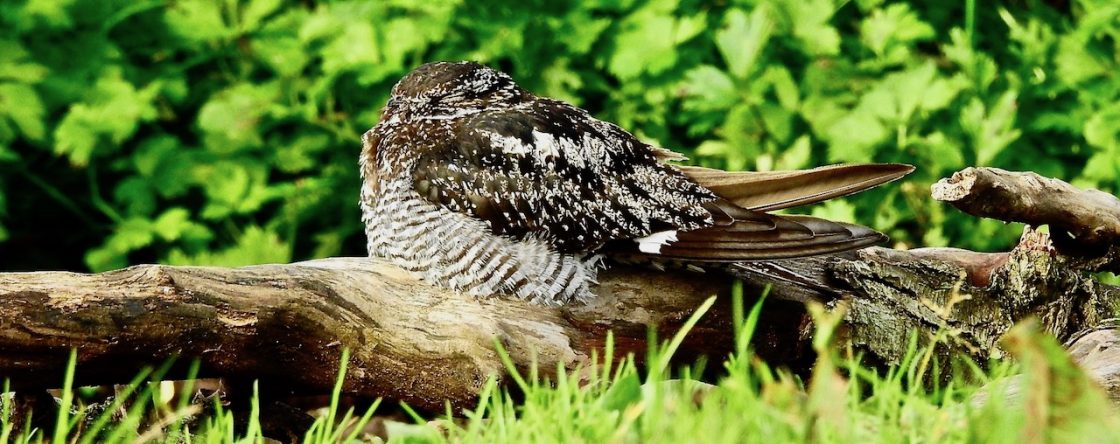

A morning this wet and unpleasant limits a chap’s options.
The boss has gone out to do the shopping (I did offer, but it was patiently explained to me that this type of thing is way, way, beyond my abilities).
So what to do on a wet Sunday morning left to my own devices?
I’ve counted the Goldfinches ravaging the feeders. Twice. (23 if you’re interested).
I’ve danced on the table to Little Richard (try it, they can’t touch you for it).
I’ve admired the two Tree Sparrows wintering at Dempsey Towers. Nice.
I’ve even played with the kindling hatchet indoors. Risky.
Nothing for it now, with all other options exhausted, we’ve got to do BIG BOY GULL STUFF.
While I was checking the Meds up at Weld Rd yesterday, Phil Smith was down at Ainsdale with a quality larus melon-twister…what do you think of this bird?
Please use the comment section and enter the world of challenge, italics and pain that is gulling…
Phil explains: “Very interesting large gull on Ainsdale beach yesterday afternoon. It’s probably just an argentatus Herring Gull but is certainly not typical.
“A bulky adult, slightly larger than most nearby Herrings. Extremely dark mantle, close to ssp. graellsii of LBB and darker than other ssp. argentatus (three individuals) in the flock of 1000+ gulls.
“Unlike most winter argentatus, reduced head and nape streaking, brightly-coloured bill with large gonys spot, average-sized primary mirrors. I managed to get a couple of shots with typical argentatus nearby.
“Also in this flock at least five very smart intermedius Lesser Black-backed.
“Assuming it isn’t a Vega Gull (!), all I can suggest is an eastern/northern form of argentatus. Olsen & Larsson (2004) state that adults in N. Norway and along White Sea coast differ in having darker bluish-grey upperparts (but also reduced black on wing-tip, which isn’t right). Some of these also have yellowish legs (“omissus“) but the Ainsdale bird has pink legs”.




What do you think?
Is it a hybrid? A weird argentatus? Surely it couldn’t be the existential Vincent Vega?
That’s the great thing about gulls isn’t it, just when you think you’re in a good place with them, one comes along to chuck you right out of your comfort zone!
Here’s a few of Phil’s shots of his intermedius LBBs too.
Thanks as ever Phil…


































